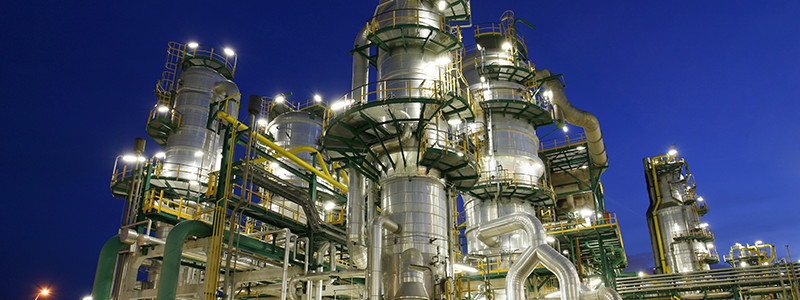
The increase in competitively priced U.S. and Canadian crude has resulted in refinery utilization rates exceeding 90%, as refiners increase diesel exports. Fuel configured hydrocrackers convert gasoil into fuel gas, naphtha and diesel. Hydrocrackers can typically be integrated with diesel hydrotreaters for processing diesel feedstocks, such as at the 600,000 bpd Motiva Enterprises Port Arthur refinery, which is increasing diesel fuel output from 82,000 bpd to 105,000 bpd.
Motiva Enterprises filed the application to increase capacity of the Port Arthur refinery’s fuel hydrocracker and integrated diesel hydrotreater with the Environmental Protection Agency’s Region 6, which overseas Texas and surrounding states. Not all hydrocrackers are configured for diesel production. For example, the Motiva Port Arthur refinery has another hydrocracker configured for lube oil production.
Apparently, other Gulf Coast refineries are increasing hydrocracking and diesel hydrotreating capacity to capture margins “migration” towards the growing diesel export market. In any case, these integrated hydrocracking and diesel hydrotreater expansions will involve changes to piping, pumps, heat exchangers, distillation capacity, compressors, etc.







Leave a Reply
You must be logged in to post a comment.